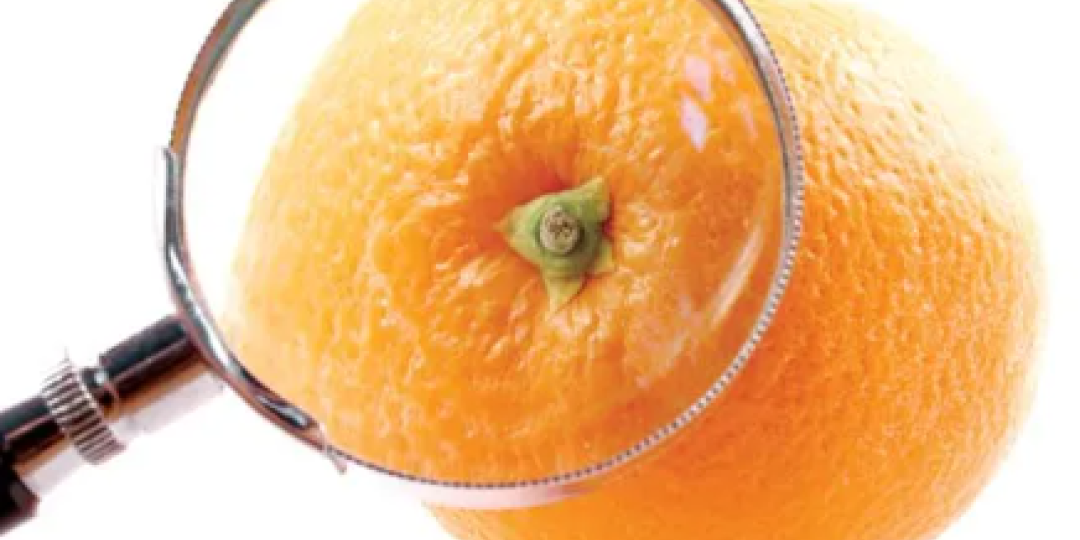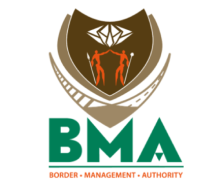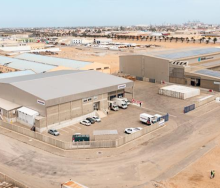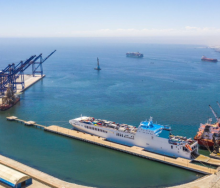The 12th Citrus Research Symposium has highlighted internationally recognised research that is helping secure southern Africa's citrus industry against threats of disease and pests while making top technical knowledge and services available to growers.
In his weekly newsletter, Citrus Growers Association CEO Justin Chadwick highlighted some of the research covered at the symposium, which was held in the Drakensberg last week.
Chadwick said renewed support for the region’s “exceptional plant health vigilance” had been offered at the symposium, which was attended by about 850 delegates representing citrus growers, packhouses, exporters, international research partners, nurseries and supportive industries such as packaging, logistics and agrichemicals.
“Export citrus contributes around R30 billion annually to the South African economy and provides employment to 140 000 people on farm level. Without top-level research on a wide range of technical issues, the industry would falter and export markets would close,” he said.
Currently, the South African government is involved in two historic trade disputes at the World Trade Organization (WTO) regarding the European Union's citrus import regulations. The cases concern False Codling Moth (FCM) and Citrus Black Spot (CBS), both having been the subject of extensive research to enable effective control.
“At the symposium, new research results on FCM were presented by researchers, including a novel FCM detection technique using the analysis of scent, as well as the fine-tuning of postharvest treatments of fruit to eliminate the presence of any surviving FCM larvae,” Chadwick said.
“Highlights on CBS research included a new matrix for CBS risk assessment of individual orchards that can assist growers, while another study identified naturally antifungal compounds in citrus rinds which could become part of an environmentally sustainable remedy for CBS.”
CRI research entomologist Aruna Manrakhan said information on plant diseases and pests might seem highly technical or obscure “but when you know that so many jobs and income depend on keeping citrus healthy, then it places it all in context”.
"For instance, at the symposium a researcher calculated that it costs the citrus industry R386 million per year to counter the fruit fly. Always improving is an economic imperative,” Manrakhan said.
Another topic of keen discussion was Huanglongbing (HLB), also known as Asian Citrus Greening. Southern Africa is completely free of the disease, but it has recently devastated citrus industries in some other major citrus production regions in the world, including Florida.
Details of the CRI's partnership with the University of Florida on HLB-resistant rootstock were presented at the symposium.
"Breeding disease-resistant rootstocks takes time, but research on HLB resistance is looking promising. South Africa has time to prepare methods that can successfully avoid the HLB nightmare that has taken place in other countries and maintain production of export-quality fruit," said Dr Paul Cronjé, citriculture portfolio manager at CRI.
Working alongside the South African government to bolster biosecurity and market access is an important priority for CRI, together with enabling citrus growers to sustainably provide top quality citrus fruit to global consumers. The CRI currently funds and coordinates 131 active research projects and operates a wide-ranging research partnership model that encompasses 22 local and international research collaborations.













